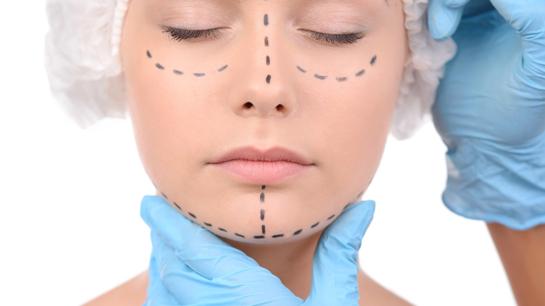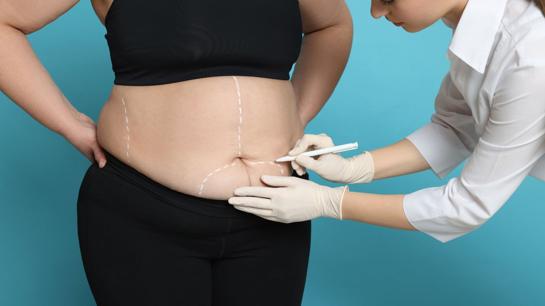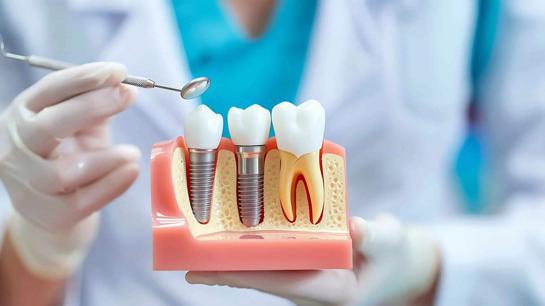Dental Braces Abroad Guide
Considering braces abroad? This honest guide to dental tourism covers why so many travel for orthodontic care, cost savings, quality, aftercare challenges, and the real pros and cons of getting dental braces at a clinic overseas.
Why Even Consider Getting Braces Abroad?
Let’s be real for a minute: If you’re reading this, you’re not just daydreaming about an overseas vacation—you’re wrestling with the sticker shock (and waiting lists) of getting braces at home. The cost of traditional orthodontics in the US, UK, or Canada can feel brutal, and sometimes you’re told to wait months just to get an appointment. And let’s face it, nobody wants to postpone a healthier, happier smile just because of red tape or impossible bills.
Enter dental tourism—the idea of pairing your smile makeover with a trip somewhere new. Maybe you’ve heard stories from a friend who came back from “vacation” with a much straighter grin, or maybe you stumbled upon clinics abroad boasting top-notch dentists and gleaming before-and-afters. Whatever the reason, the idea sticks: Could getting dental braces abroad actually be a smarter, safer, and more affordable solution?
Let’s dig into the truth—without the sugarcoating.
What is Dental Tourism, Really?
Dental tourism is the phenomenon where people cross borders for dental care—often for a mix of better value, shorter waits, and, yes, maybe a little adventure too. Sometimes it’s “dental care tourism” painted as a chance to treat yourself to both world-class treatment and a few days under sunny skies. Other times? It’s a carefully planned, cost-saving mission that gets you the results you want without gutting your savings or your patience.
Why Do So Many People Travel for Braces? (Let’s Break It Down…)
1. Lower Prices (By a Lot)
Brace yourself: The savings can be huge. Let’s talk numbers.
- In the US or UK, braces can cost $3,000–$7,500 (or even more), not including all the maintenance visits.
- Across countries like Mexico, Turkey, or Thailand, you’ll often find prices for metal braces or clear aligners in the $1,000–$3,500 range—sometimes even less for certain types.
- Why the savings? Lower overhead, lower labor costs, and a competitive global market—without skimping on quality (in many reputable clinics).
2. Quicker Appointments (No More Waiting Forever)
If you’ve dealt with months-long waitlists at home, this will hit home: clinics catering to international patients usually offer much faster scheduling. Think weeks, not seasons.
3. High-Quality Tech and Techniques
Don’t picture broken-down labs and outdated equipment. Leading dental tourism clinics tend to flaunt state-of-the-art diagnostic and orthodontic technologies. In countries with strong reputations for dental care, you’ll find:
- 3D digital imaging and planning tools
- AI-assisted evaluations for precise treatment
- Modern sterilization standards
- Invisalign and other advanced aligner systems readily available
- Bilingual staff familiar with international care standards
4. Personalized and Attentive Care
Here’s the twist many don’t expect: Many international clinics focus heavily on foreign patients, so they’re built for transparency, comfort, and a “VIP” experience—sometimes spending more time with you than your regular dentist back home.
5. A Chance to Combine Treatment with Travel
If you’ve got the flexibility, some patients turn their dental trip into a full-blown adventure—resting up in a warm climate or sightseeing during breaks between visits. (Just don’t let the word “vacation” distract you from due diligence on your actual dental care.)
Not So Fast: The Real Risks You Need to Consider
Before you get swept away by the savings, know this isn’t all sunshine and guaranteed perfection. Dental tourism comes with its “need-to-know” warnings:
- Follow-Up and Aftercare Challenges: Managing braces isn’t a one-and-done procedure—you’ll need regular appointments for adjustments, fixing brackets, checkups, and eventually removal. If something goes wrong halfway through, can you afford to fly back, or will you struggle to find help at home?
- Continuity of Care Issues: Your home dentist may be unfamiliar with specific materials or techniques used abroad, and records may not transfer neatly—sometimes leading to communication issues or delays if repairs are needed.
- Hidden Costs: Any savings could vanish if corrective work, travel follow-ups, or complications demand pricey help from a local orthodontist back home.
- Quality Differences: Standards for clinics and practitioners vary by country and clinic. Not every low-cost clinic is a good one—research accreditations, certifications, and patient outcomes closely.
- Medico-Legal Safety Nets: In case of disputes or complications, your rights as a patient might not be as strong abroad as they are at home.
The Process: What Actually Happens from Start to Finish?
1. Research and Planning
- Compare clinics in your chosen destination; look for verifiable accreditations and strong reputations.
- Schedule a remote consultation via tele-dentistry: Many modern clinics will review your dental scans and medical history before you even board a plane.
- Clarify costs, timelines, and the exact type of braces suitable for your needs.
2. Travel and Initial Visit
- Arrive for a hands-on assessment and final treatment plan.
- Digital imaging, impressions, and customizations using the latest tech may be done the same day.
- Fitting of braces, often within 1–2 appointments.
3. Check-ups and Follow-Ups
- Some clinics package several follow-up visits into the deal, often designed for a short-term stay or in multiple planned trips.
- Remote support or coordination with local dentists for minor adjustments is increasingly common, though not always flawless.
- Keep detailed records and digital scans for your personal files—these can be invaluable if you need care at home.
4. Aftercare and Long-Term Maintenance
- Obtain a clear aftercare plan: precise instructions, medication, digital copies of your records, and emergency contacts are non-negotiable.
- Plan regular local check-ups (if possible) and maintain strict oral hygiene to avoid issues.
- Review warranty terms for your braces or aligners, and what’s required to keep guarantees valid.
Who’s Actually Doing the Work? (Clinic and Staff Profile)
Quality clinics catering to dental tourism invest big in:
- Multi-lingual teams, often with training or certification in Western Europe, the US, or other highly regulated regions.
- Specialists in orthodontics—not just general dentists dabbling in braces.
- Up-to-date surgical and diagnostic equipment (think CBCT, 3D planning, laser tech).
- Transparent documentation and clear communications.
Ask for surgeon credentials, clinic certifications, infection control processes, and real (not just flashy) before-and-after case studies.
A Quick Comparison Table: Braces at Home vs. Braces Abroad
| At Home (US/UK/Canada) | Abroad (Dental Tourism Clinic) | |
|---|---|---|
| Cost | $3,000–$7,500+ | $1,000–$3,500 (some regions even less) |
| Wait Time | Weeks–months | Days–weeks |
| Tech Level | Generally high | Often as advanced, especially in leading dental tourism spots |
| Specialist? | Yes, but high cost/limited access | Yes, clinics specialize in international orthodontic care |
| Aftercare | Regular, local | Can be trickier—may involve remote follow-up or travel back |
| Language | No barrier | Most clinics for tourists have English-speaking staff |
| Insurance | Sometimes partially covered | Rarely covered; self-pay is the norm |
| Legal Protection | Strong | Varies—legal recourse can be limited |
Results and What Past Patients Say
Patient satisfaction often hinges on three things: expectations, preparation, and honest research. Many who travel for braces or other orthodontics describe feeling “it was worth it” for the boost in confidence and cost savings—though adjustment periods, sensitivity, and dietary changes are common, especially in the first weeks.
However, when things go wrong, they can go really wrong: complications (infection, poorly done work, irreparable harm) and unexpected bills for corrective work at home.
Final Advice: What To Ask (and What to Watch Out For)
- Does the clinic provide detailed aftercare instructions and digital records?
- What are their policies on follow-up visits, both remote and in-person?
- Are orthodontists board-certified or internationally recognized?
- Is there a clear warranty or guarantee, and what voids it?
- Do you know what happens if you need repairs at home?
- Are travel and accommodation costs factored into your real comparison?
Honest Take: Is Dental Tourism for Braces Right for You?
It’s not for everyone. The upside—savings, speed, access to great care—can be enormous. But it requires research, clear expectations, and, above all, a solid plan for aftercare and complications. There’s no harm in thinking twice, or even three times, before making a decision that involves your health and a cross-country trip.
Ask all your questions. Dig into the details. And remember—your teeth and smile are with you for life. Whether you stay home or go abroad, the best choice is the one that leaves you healthy, happy, and confident in your care.
Whatever path you choose, may it bring you closer to the confident smile you deserve, minus the painful surprises.





















